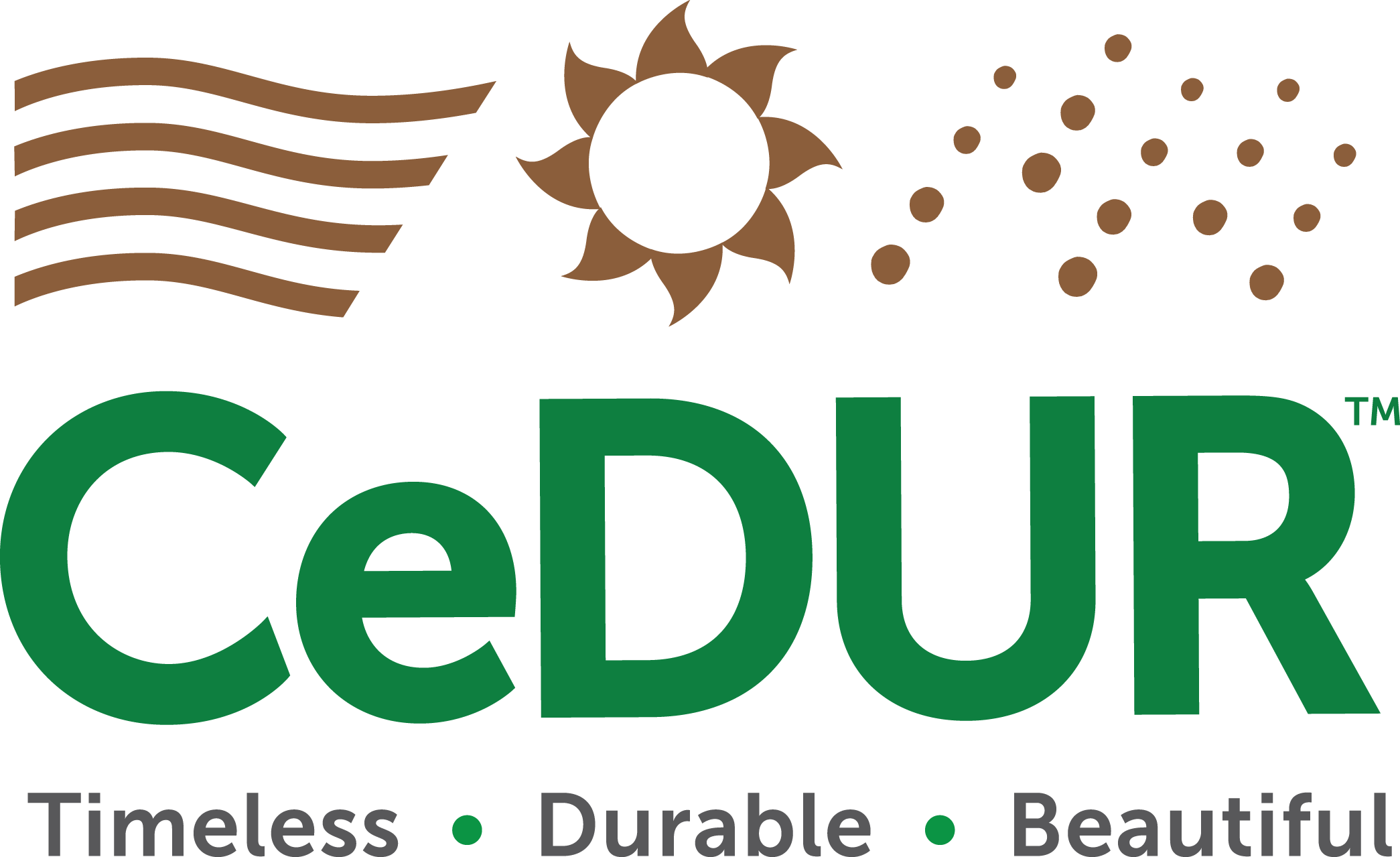Understanding ASTM E108: The Gold Standard for Fire-Resistant Roofing
An image of a neighborhood with a house on fire.
In fire-prone regions where luxury homes merge with natural landscapes, roofing isn’t just a design choice—it’s an important safety decision. ASTM E108 is the industry standard for testing the fire resistance of roofing systems, and it plays a key role in building code compliance, insurance eligibility, and long-term home protection.
In this article, we break down what ASTM E108 entails, how the rating system works, and why it’s important for discerning homeowners who seek fire protection and architectural excellence without compromising on safety.
What is ASTM E108?
ASTM E108 is a fire test standard developed by ASTM International (formerly the American Society for Testing and Materials). It evaluates the performance of roof coverings when exposed to external fire sources for both commercial and residential roofing applications on combustible and noncombustible roof decks. This test is equivalent to UL 790, another widely recognized fire-resistance standard for roofing.
Roofing materials are exposed to a combination of flame, wind, and radiant heat to simulate real-world wildfire scenarios. The test determines how well a roof system prevents flame spread and ignition.
What Does the ASTM E108 Test Evaluate?
The ASTM E108 evaluation simulates a fire originating outside a building accompanied by wind conditions.
The E108 test evaluates three key aspects of fire performance:
1. Ember Penetration
Also known as intermittent flame exposure, this simulates burning debris landing on the roof. The test checks if embers can penetrate and ignite the underlying structure.
2. Flame Spread
This measures how far and how fast flames travel across the roof’s surface. Slower flame spread indicates better fire resistance.
3. Roof Deck Protection
This assesses whether the entire roofing system—covering, underlayment, and deck—can resist fire breaching into the attic or living space.
How Does ASTM E108 Testing Work?
Roofing materials are installed on a sloped deck to mimic real-world application. Then, they undergo three fire exposure tests:
1. Intermittent Flame Test
To test intermittent flame control, a gas flame is cycled on and off beneath a metal hood to simulate flickering ember contact. Observers check if the roofing material ignites, sustains, or extinguishes the flame.
2. Spread of Flame Test
For this test, a steady flame is applied to the roof edge with airflow directed across the surface to mimic wind-driven fire. After ten minutes, inspectors record how far the flame has traveled.
3. Burning Brand Test
The burning brand test is used to simulate the damage of embers or fire-lit debris during a wildfire. To do this, a burning wood block is placed on the roof surface to represent falling embers. Depending on the desired rating, the block size changes. Inspectors assess whether the material ignites or allows flames to penetrate the roof deck.
Class A, B, and C Fire Rating Explained
After going through the ASTM E108 testing process, roofing products are rated into one of three classes: A, B, and C:
Class A: The highest level of fire resistance. These materials withstand severe exposure without igniting or contributing to flame spread.
Class B: Moderate protection. Suitable for some residential applications but not ideal for wildfire-prone areas.
Class C: Basic protection. These materials may be acceptable in low-risk zones but are not recommended where fire exposure is a concern.
Why Class A Fire Resistance Matters in Wildfire Areas
In areas with dry summers, strong winds, and a high risk of wildfires, having a Class A fire-rated roof is a must. Embers can travel miles and ignite roofs from a distance. Flames spread from roof to roof, with embers from the fire being a major cause of traveling fire damage. Sparks and ignited debris can be lifted and carried by convection currents up to a half-mile from a fire. Class A roofing materials help prevent ignition and flame spread, protecting the structure and its occupants.
CeDUR’s ASTM E108 Performance
CeDUR synthetic roofing shakes are engineered with fire resistance at their core. Through third-party testing, CeDUR has achieved a Class A fire rating under ASTM E108 without the use of additional underlayment systems. This performance makes CeDUR an ideal choice for high-end homes in wildfire-prone areas.
CeDUR shakes:
Withstand wind-blown embers
Help meet WUI and local code requirements
ASTM E108, UL 790 fire rated
Do not require a special fire-resistant underlayment to achieve its Class A Fire Rating
Their polyurethane composition is designed to perform under extreme conditions while maintaining the authentic appearance of natural cedar shakes. Using CeDUR’s proprietary technology, CeDUR synthetic shakes can extinguish flame spread and will not allow a flame to propagate on the surface of the product. CeDUR roofing products are stand-alone Class A Fire Rated without the need of a special fire-resistant underlayment during installation. This fire-resistant technology is patented and proprietary to CeDUR.
The Benefits Go Beyond Code Compliance
For discerning homeowners, architects, and builders, choosing a Class A fire-rated roof means more than just meeting regulations. It can:
Increase property protection in fire-prone areas
Potentially lower insurance premiums
Preserve curb appeal with materials that don’t degrade under heat
Ensure peace of mind without compromising architectural style
Protecting Beauty and Value
In luxury homebuilding, every detail matters—from the silhouette of the roofline to the texture of each shake. With CeDUR, you don’t have to choose between performance and aesthetics. CeDUR’s Class A fire-rated shakes meet ASTM E108 standards while delivering the timeless beauty of real wood.
Designing or upgrading a home in a wildfire zone? ASTM E108 is a standard that can’t be ignored.
Request a CeDUR sample or explore our project gallery to see how luxury and fire resistance can coexist beautifully.



